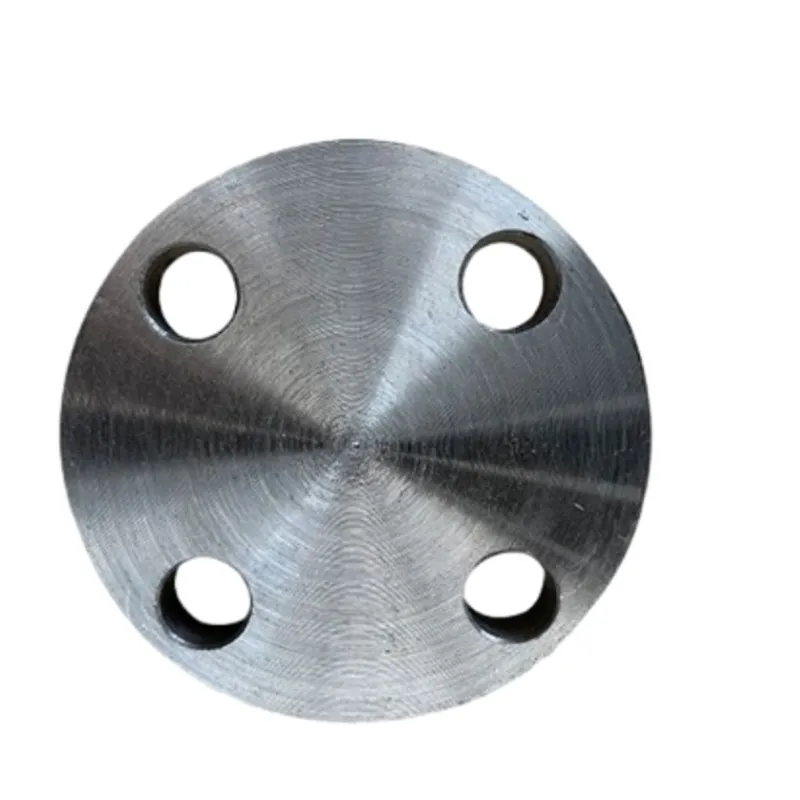-
Cangzhou Yulong Steel Co., Ltd.
-
Phone:
+86 13303177267 -
Email:
admin@ylsteelfittings.com
- English
- Arabic
- Italian
- Spanish
- Portuguese
- German
- kazakh
- Persian
- Greek
- French
- Russian
- Polish
- Thai
- Indonesian
- Vietnamese
- Zulu
- Korean
- Uzbek
- Hindi
- Serbian
- Malay
- Ukrainian
- Gujarati
- Haitian Creole
- hausa
- hawaiian
- Hebrew
- Miao
- Hungarian
- Icelandic
- igbo
- irish
- Japanese
- Javanese
- Kannada
- Khmer
- Rwandese
- Afrikaans
- Albanian
- Amharic
- Armenian
- Azerbaijani
- Basque
- Belarusian
- Bengali
- Bosnian
- Bulgarian
- Catalan
- Cebuano
- China
- China (Taiwan)
- Corsican
- Croatian
- Czech
- Danish
- Esperanto
- Estonian
- Finnish
- Frisian
- Galician
- Georgian
- Kurdish
- Kyrgyz
- Lao
- Latin
- Latvian
- Lithuanian
- Luxembourgish
- Macedonian
- Malgashi
- Malayalam
- Maltese
- Maori
- Marathi
- Mongolian
- Myanmar
- Nepali
- Norwegian
- Norwegian
- Occitan
- Pashto
- Dutch
- Punjabi
- Romanian
- Samoan
- Scottish Gaelic
- Sesotho
- Shona
- Sindhi
- Sinhala
- Slovak
- Slovenian
- Somali
- Sundanese
- Swahili
- Swedish
- Tagalog
- Tajik
- Tamil
- Tatar
- Telugu
- Turkish
- Turkmen
- Urdu
- Uighur
- Welsh
- Bantu
- Yiddish
- Yoruba

Dec . 07, 2024 12:53 Back to list
pipe fitting and welding
Understanding Pipe Fitting and Welding Essential Skills for Modern Construction
In industrial and construction settings, pipe fitting and welding are fundamental skills that ensure the efficient delivery of fluids and gases across various systems. These processes are essential for the functionality, safety, and longevity of pipelines used in industries such as oil and gas, water treatment, manufacturing, and commercial building construction.
The Basics of Pipe Fitting
Pipe fitting involves the assembly of pipes and pipe fittings to create a network through which liquids or gases can flow. It requires precise measurements, cutting, and joining techniques to ensure that the systems operate at optimal efficiency. Pipe fitters must be adept at interpreting blueprints and technical drawings, as these documents provide vital information about the specifications, dimensions, and the intended use of each pipe segment.
Types of Pipe Fittings
There are several types of pipe fittings that fit different needs, including elbows, tees, crosses, unions, and caps. Each type serves a specific purpose
- Elbows are used to change the direction of pipe runs, typically available in 45-degree and 90-degree angles. - Tees allow for branching off in two directions. - Cross fittings enable the connection of four pipes at a single junction. - Unions provide a means of joining and disconnecting pipes. - Caps seal off the ends of pipes.
The materials used for pipe fittings vary widely, including PVC, stainless steel, and copper, each selected based on the specific application and the environment in which the pipes will operate
.The Art and Science of Welding
pipe fitting and welding

Welding is the process of joining two materials, typically metals, by melting them together and allowing them to fuse as they cool. It plays a crucial role in pipe fitting, especially when connecting pipes and fittings. There are various welding techniques employed, the most common being
- Arc Welding This method involves using an electric arc to generate heat, melting the base metals and filler material. - MIG Welding (Metal Inert Gas) A wire electrode is fed through a welding gun, melted, and deposited into the joint. - TIG Welding (Tungsten Inert Gas) Uses a non-consumable tungsten electrode to produce the weld, often considered more complex but yields high-quality, clean welds. - Stick Welding An older but still frequently used method that employs a consumable electrode coated in flux.
The Importance of Safety Procedures
In both pipe fitting and welding, safety is paramount. Pipe fitters and welders are exposed to various hazards, including high temperatures, hazardous materials, and the risk of accidents associated with heavy equipment. Following rigorous safety protocols is essential to protect the workers and ensure that the systems they build are safe for long-term operation. This includes wearing protective gear such as helmets, gloves, and masks, along with proper ventilation systems to manage fumes and gases.
Technological Advancements
In recent years, technological advancements have significantly impacted the fields of pipe fitting and welding. Computer-aided design (CAD) software allows for the creation of precise plans and specifications, minimizing errors and material waste. Furthermore, automated welding technologies and robotic systems have improved efficiency and the quality of welds, leading to safer and more reliable piping systems.
Conclusion
Pipe fitting and welding are crucial components in various industries, ensuring the safe and efficient transportation of fluids and gases. Proficient knowledge and skills in these areas are essential for professionals in the field, and staying updated with the latest technologies and safety protocols is just as important. As industries evolve and demands grow, the role of skilled pipe fitters and welders will continue to be a cornerstone of modern construction and maintenance operations. By understanding the intricacies of these processes, professionals can contribute to building safer and more efficient infrastructures for the future.
Latest news
-
ANSI 150P SS304 SO FLANGE
NewsFeb.14,2025
-
ASTM A333GR6 STEEL PIPE
NewsJan.20,2025
-
ANSI B16.5 WELDING NECK FLANGE
NewsJan.15,2026
-
ANSI B16.5 SLIP-ON FLANGE
NewsApr.19,2024
-
SABS 1123 FLANGE
NewsJan.15,2025
-
DIN86044 PLATE FLANGE
NewsApr.19,2024
-
DIN2527 BLIND FLANGE
NewsApr.12,2024
-
JIS B2311 Butt-Welding Fittings LR/SR 45°/90° /180°Seamless/Weld
NewsApr.23,2024











